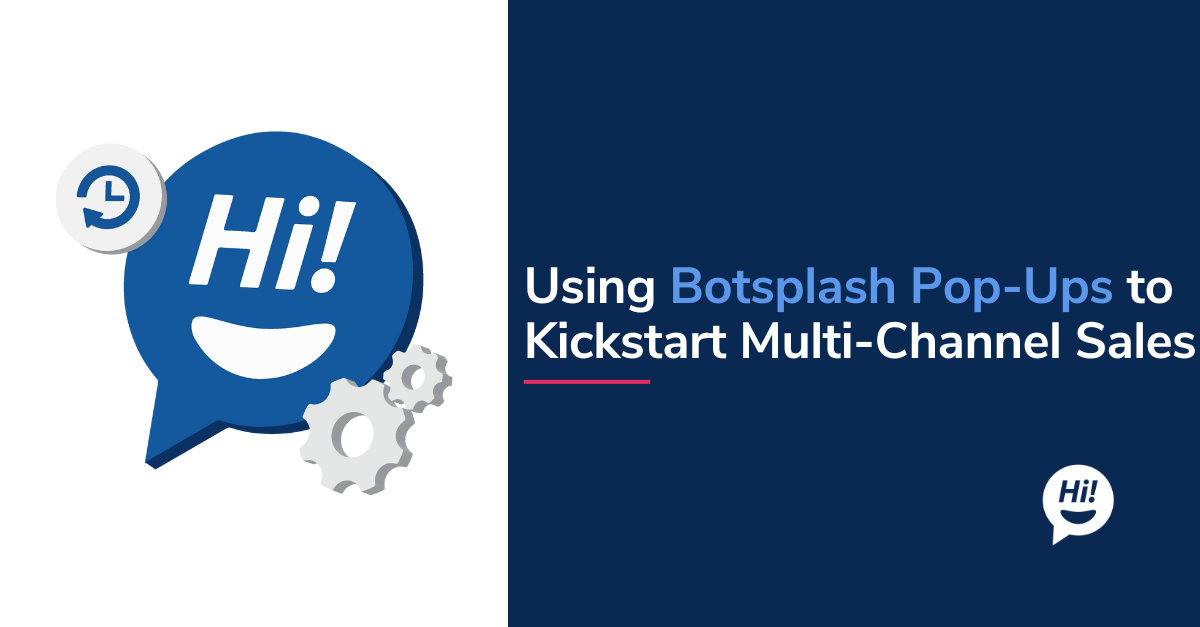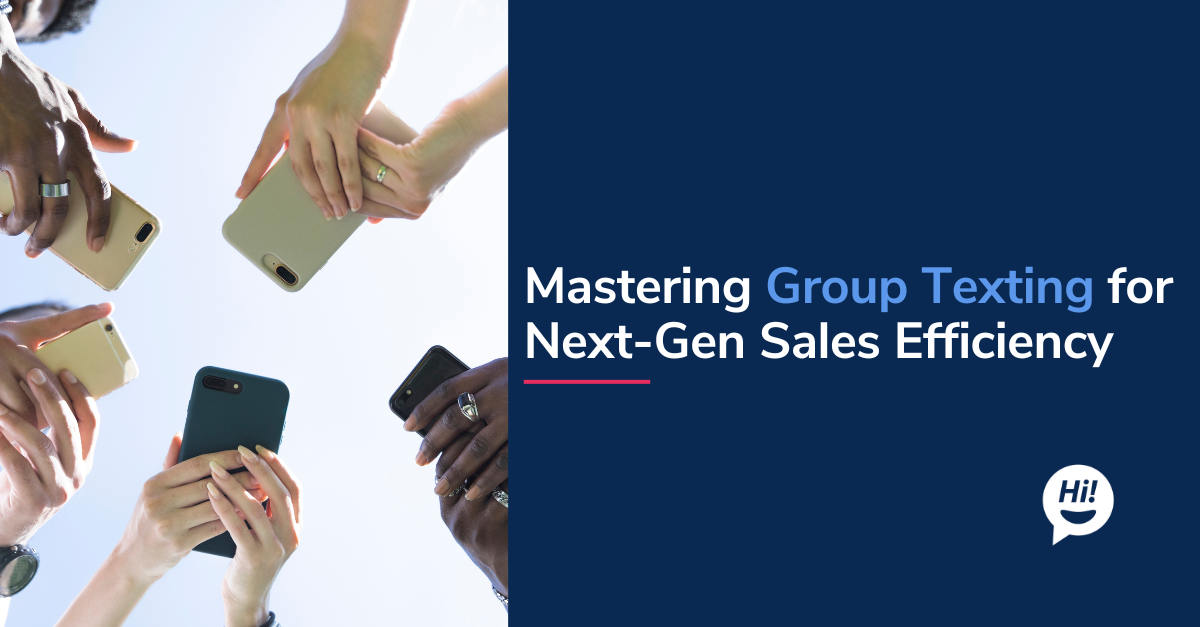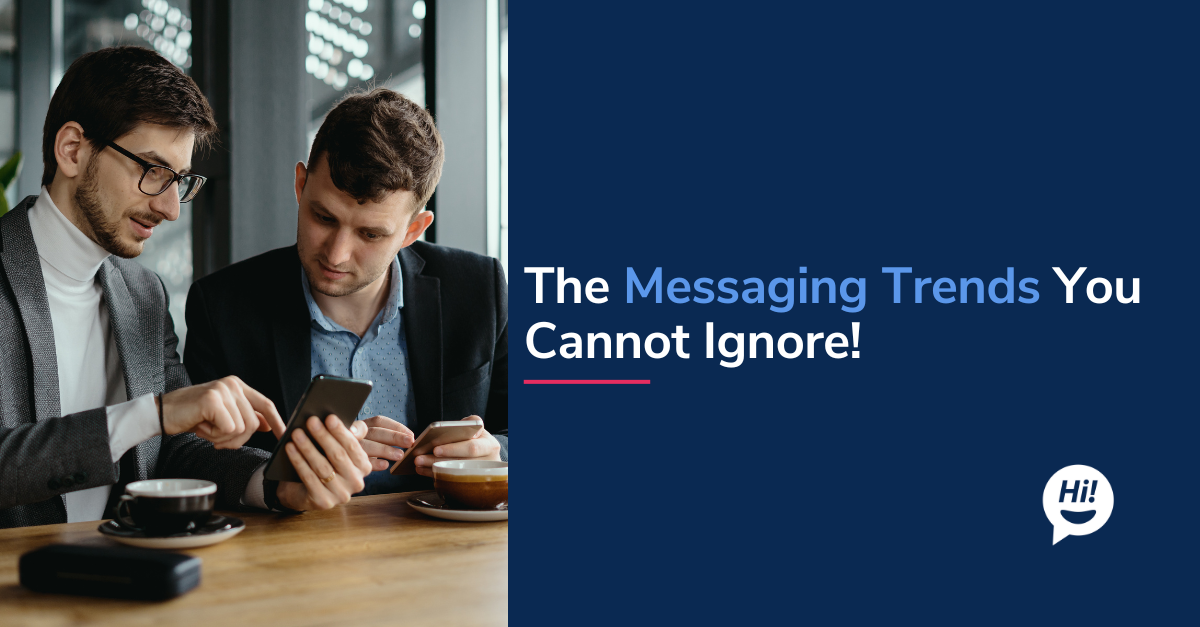In today's fast-paced world, delivering top-tier customer support has become a make-or-break factor for any business. As customers expect instant responses, personalized attention, and round-the-clock availability, companies find it challenging to keep up with high customer expectations.
Although chatbots have emerged as a popular solution for providing quick and convenient customer support, they often fail to deliver the human-like touch that customers crave. It's for this reason, GPT-3 is a game changer.
So, what does this mean for the future of live chat and traditional chatbots? Can chat and GPT-3 work together synchronously to provide top-tier customer support? Let's figure it out!
What is GPT-3?
GPT-3, or Generative Pre-trained Transformer 3, is a language model developed by Open AI that can generate human-like responses to a wide range of prompts without relying on pre-programmed rules or decision trees. It is a self-learning language model and is much larger than most other language models, with 175 billion parameters.
Furthermore, GPT-3 has been trained on a massive dataset of diverse texts, including books, articles, and web pages, and has learned to recognize patterns and relationships in language usage.
What Is the Difference Between Traditional Chatbots and GPT-3?
GPT-3 is far advanced in natural language processing (NLP) technology and surpasses the traditional chatbot models.
Traditional chatbots rely on pre-programmed responses to specific prompts. These systems use rule-based or decision-tree algorithms to determine the appropriate response to a user's input. While they can handle simple interactions, they cannot understand the context and provide human-like responses.
Unlike traditional chatbots, GPT-3 is trained on massive amounts of text data to understand the context and generate creative responses. It uses a process called autoregression which helps it predict the next word or sequence of words based on the input text provided. This means that it can provide more personalized and context-based responses.
One of the essential differences between GPT-3 and traditional chatbots is that you don't need to train it with high-quality, carefully labeled, and structured information. GPT-3 is a self-learning model; the more data it is fed, the smarter it becomes.
Why Should GPT3 and Chatbots Work Synchronously?
Since its launch, GPT-3 has been creating a buzz with its exceptional capabilities. Recently, a pension company (Varma) created its Helmi chatbot using GPT-3 to help with customer success. The chatbot made customer support 85% AI-driven, saving the customer success team 330 hours. To put it into perspective, this is equivalent to the work of more than two full-time employees.
Now, you might be thinking, why not completely replace live chat with GPT-3 chatbot? After all, it's faster, cheaper, and requires less effort, right?
But let's be real - as great as AI chatbots can be, they cannot replace human interaction. What differentiates humans and AI is our empathy, emotions, and feelings. AI lacks the feelings humans possess and cannot replicate the human touch that comes with live and personalized interactions.
While GPT-3 can answer basic questions quickly, they fall short in complex situations requiring empathy and emotional support. They cannot offer the comfort and assurance that a human agent can.
In fact, studies show that most people prefer to speak with human agents rather than chatbots. This is because they can read between the lines, listen to the tone of voice, and provide tailored support based on individual needs. They offer emotional intelligence and creativity that technology can't replicate.
Moreover, GPT-3 is susceptible to hallucination and confabulation, leading to incorrect or nonsensical answers. What GPT-3 does is not understand what the client says but predict what they said to give a response based on that. It is a language-predicting model that may provide wrong answers, making it untrustworthy to take over customer support entirely.
Thus, instead of viewing GPT-3 as a competitor to human agents, we should consider it a helpful tool to make specific tasks easier. The best customer support experiences come from combining the strengths of both technology and human interaction. By doing so, you can create a top-tier customer support experience that is both efficient and effective while maintaining the human touch customers crave.
How Do Chat and GPT-3 Work Together?
One way to leverage the strengths of GPT-3 while still providing the convenience of a chatbot is through synchronous use. Think of a chatbot as a bicycle and GPT-3 as an electric motor. A bicycle can get you from one place to another, but it requires much physical effort to pedal. With an electric motor, the bicycle becomes much more powerful and efficient, allowing you to travel faster and further with less effort.
Similarly, a chatbot integrated with GPT-3 becomes much smarter and capable of answering complex questions more efficiently, making it a more powerful tool for customer support. So, GPT-3 works as a computer brain for the chatbots. And when the computer brain and the human brain work together, they can achieve incredible feats.
Here's an overview of how it works in customer support:
- The customer initiates a chat session with the chatbot.
- The chatbot analyzes the customer's message and uses GPT-3 to generate a response.
- GPT-3 uses natural language processing to understand the customer's message and generate a response tailored to their needs.
- The chatbot sends the response back to the customer.
- If the customer's issue is too complex for the chatbot, the human agent can step up.
- The human agent can then solve the issues tailored to the customer's needs.
Benefits of Integrating GPT-3 Into Chatbots
Integrating GPT-3 into chatbots is like getting the best of both worlds. It offers the advantage of harnessing the strengths of both artificial intelligence and human interaction and yields numerous benefits, such as:
Improved Conversational Ability
GPT-3 is one of the most advanced natural language processing (NLP) models available today, capable of generating human-like responses. By integrating it into chatbots, you can improve their conversational ability and make them more engaging and human-like.
Enhanced Revenue
By providing a more personalized and engaging user experience, GPT-3-powered chatbots can keep customers coming back for more. Quick, engaging customer experience can lead to higher sales, improved customer retention, and enhanced revenue.
High Efficiency
GPT-3 can quickly handle repetitive and high volumes of queries simultaneously. This helps in freeing up human agents to focus on more complex tasks. You can let the chatbot handle repetitive tasks while you can handle complex tasks improving your overall efficiency.
24/7 Responses
Unlike humans, AI-powered chatbots don't need sleep. Instead of hiring more people for night shifts, you can use a chatbot to assist the client's queries around the clock. This can be especially useful for businesses or organizations needing support or customer service outside regular business hours.
Increased Accuracy
GPT-3 has been trained on massive data, meaning chatbot responses are more accurate than ever before. However, since the GPT-3 is a predictive language model, it is susceptible to hallucination and errors. In this regard, human agents can feed accurate data. Since GPT-3 is a self-learning model, providing accurate data by human agents can lead to fewer errors and misunderstandings, further improving accuracy.
Cost Savings
Integrating GPT-3 into chatbots can help businesses reduce the cost of customer support by automating routine tasks and reducing the need for human agents. This can result in significant cost savings, allowing companies to focus on growth and innovation.
High Scalability
GPT-3-powered chatbots can handle many customer queries and interactions simultaneously, making them highly scalable. They can easily handle the busiest days without compromising on the quality of service.
Conclusion
The integration of GPT-3 with chatbots represents a significant leap forward in the evolution of customer support. By leveraging the power of NLP and machine learning, chatbots can now understand and respond to customer queries with incredible accuracy and context-based insights. It's crucial to understand that GPT-3 is a helpful tool, not a competitor to human agents or traditional chatbots. So, by working chat and GPT-3 synchronously, you can provide top-tier customer service that meets and exceeds customer expectations.
To learn more about Botsplash click the button below to schedule a demo with our team.






